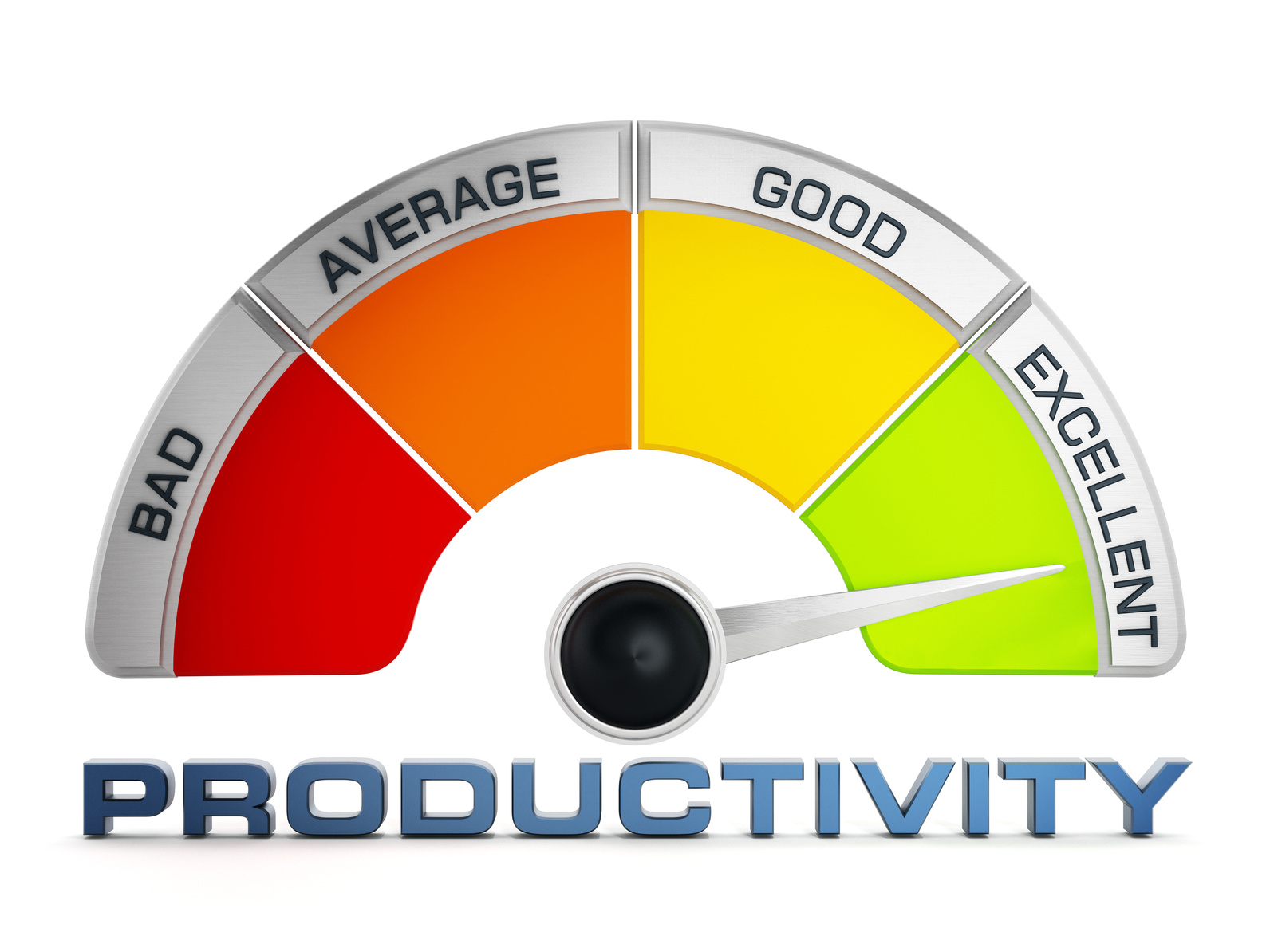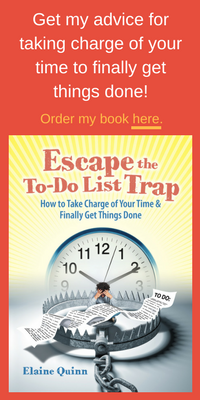It’s the middle of February and you’ve likely started working on your business goals for the year. Perhaps you’ve even created a list of monthly and weekly goals, with identified tasks for each. As excited as you are, you also realize that an effective system of productivity is going to be essential for achieving your goals.
So the question is, how productive are YOU?
With so many productivity pitfalls ranging from digital and environmental distractions, to the temptation to multitask and the failure to set boundaries, to simple procrastination on difficult projects, there’s a lot to overcome to make sure that you come out of the other side of 2019 feeling like a winner.
As you consider adopting (or refining) your system to be as efficient and as effective as possible, here are three steps you should take:
- Create an environment conducive to productivity
- Select the productivity method that best suits your style
- Choose your productivity tools wisely
Step #1: Create an Environment Conducive to Productivity
What does your primary workspace currently look like? Does it have good lighting? An ergonomically sound chair? Is your workspace clean and organized? Is it decorated with inspirational items? Is it a quiet space where you can focus? What are the potential environmental distractions (ongoing interruptions, entertainment such as social media and Netflix) that could deter you in your efforts to achieve your weekly goals? How can you remove/limit these things?
Having an office space that creates a sense of order, efficiency, and integrity will help you keep focused on the task at hand. This is especially important when completing tasks that are difficult or challenging, or simply a task you would prefer to put off, but need to accomplish in order to achieve your goals.
Step #2: Select the Productivity Method that Best Suits Your Style
There are lots of productivity methods to choose from depending on your personal style/needs:
- Eisenhower Box
- Big Rocks First (Stephen Covey)
- Getting Things Done
- Must Do, Should Do
- KanBan Method
- Pomodoro Technique
- Timeblocking (Action Block Calendaring)
I won’t go into detail here on each method, but in my own practice, I’ve found Action Block Calendaring to be the most effective. This is important to recognize as from your to do list for the week, you’ll need to figure out how to make each of these tasks actionable within a designated and specified period of time; starting with the tasks that will move you closest to achieving your goals.
Step #3: Choose Your Productivity Tools
After you’ve determined what method to follow, choosing the right productivity tools will help you make plans to take action, assess progress, and stay on track.
When shopping for new tools, it can be easy to get overwhelmed by all the new and fancy software out there! In reality, all you really need is the following: a calendar, some sort of time tracker, note taker, task manager, and if you need it, distraction deterrence software. Below find some tools you might like to try:
- Calendar – helps to visually create a clear schedule for the week
- A simple dry-erase board or paper calendar
- Google calendar (great for Action Block Calendaring)
- Trello or Asana calendar (part of your project management software)
- Time tracker – helps you keep close tabs on how you spend your time
- MyHours
- Toggl
- Note taker – helps you organize your thoughts and ideas in one location
- A physical journal
- Google Docs
- Evernote
- Task manager – organizes and tracks your daily priorities and tasks
- Trello
- Asana
- Google Tasks
- Website or App Blocker: removes digital distractions
- RescueTime (track how much time you spend on specific websites such as Facebook)
- Freedom (block certain websites at specific times
What else have YOU found helpful when developing an effective system of productivity? If you’d like someone to take you through the steps and be your accountability partner and coach, give me a call and we can start right away!








